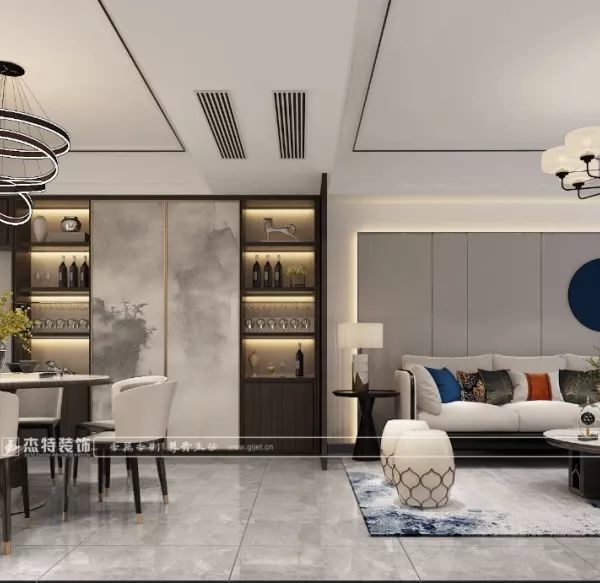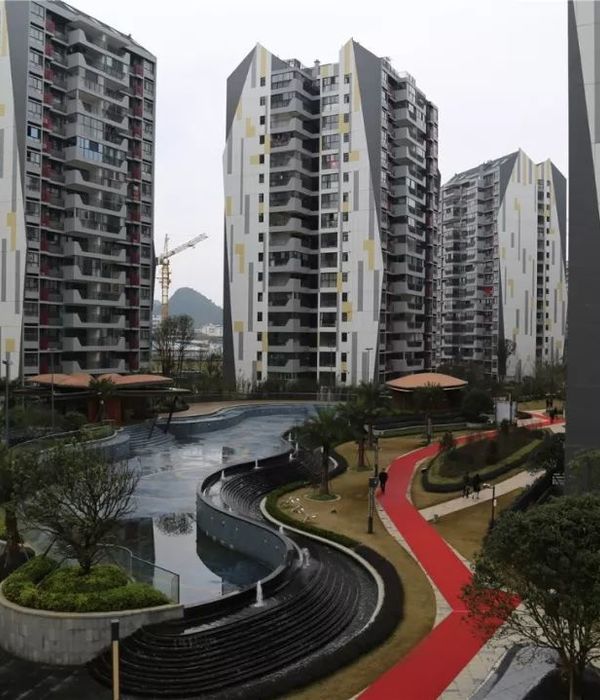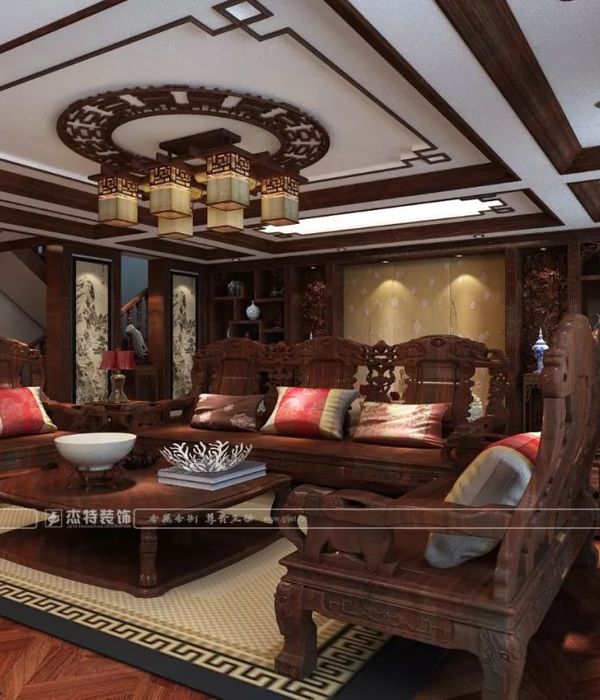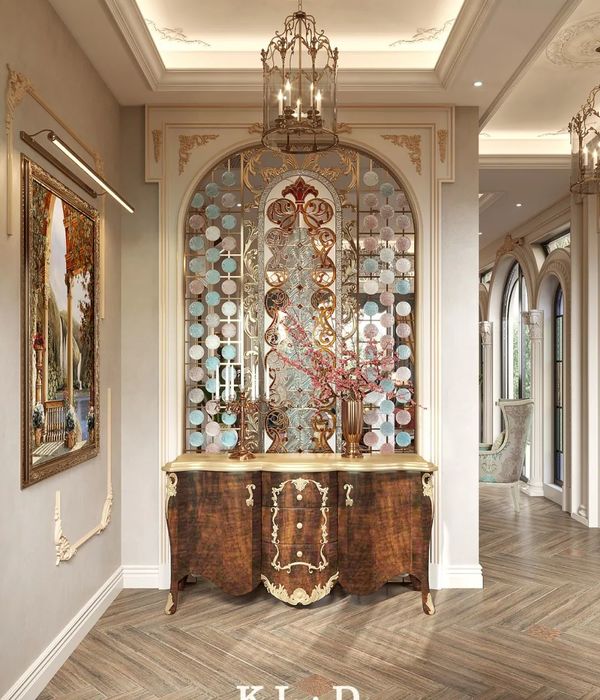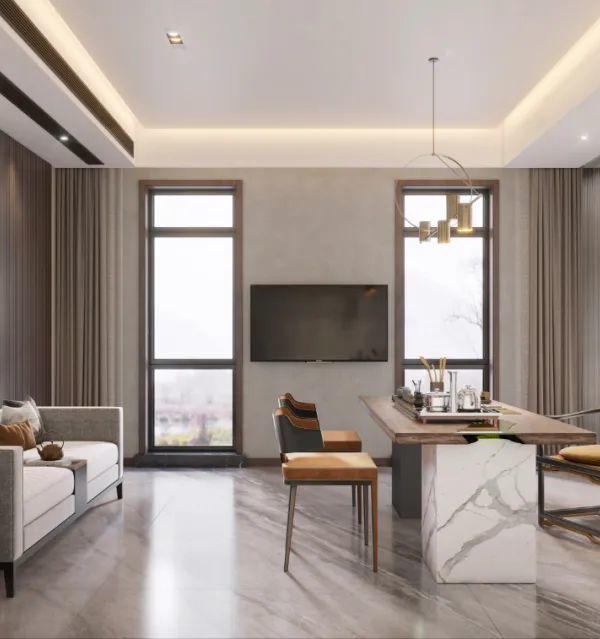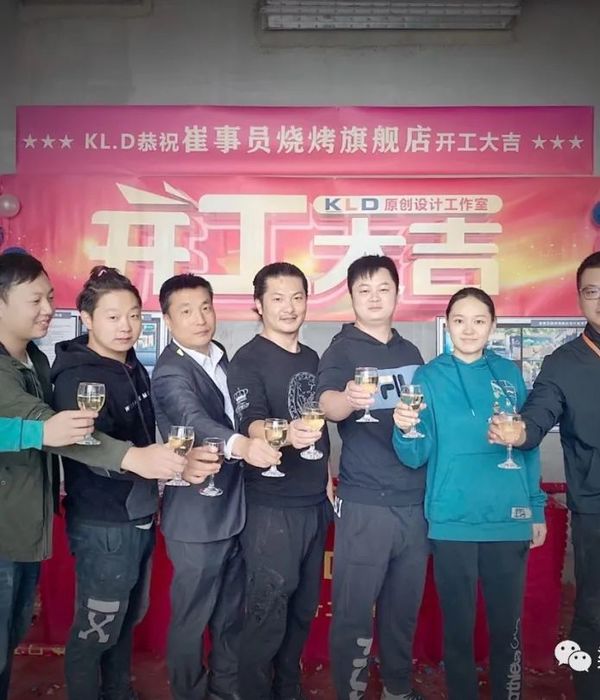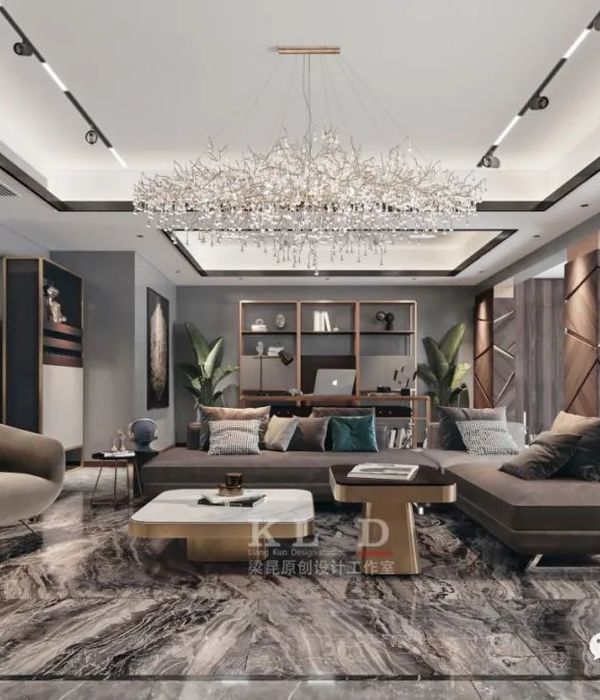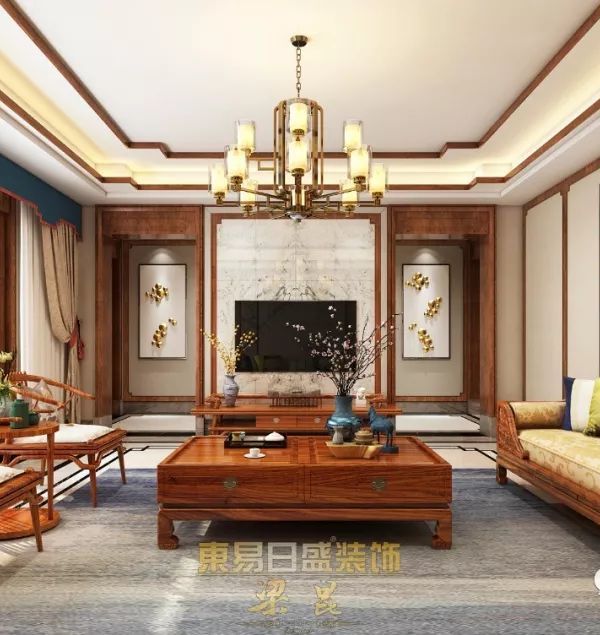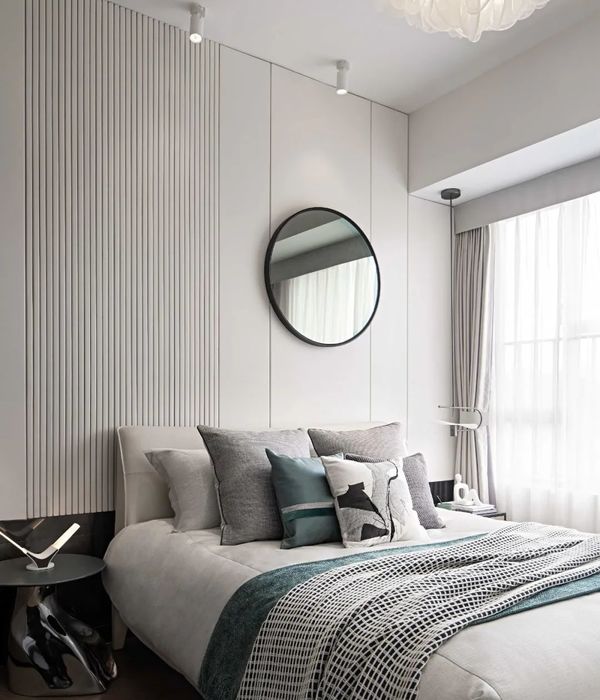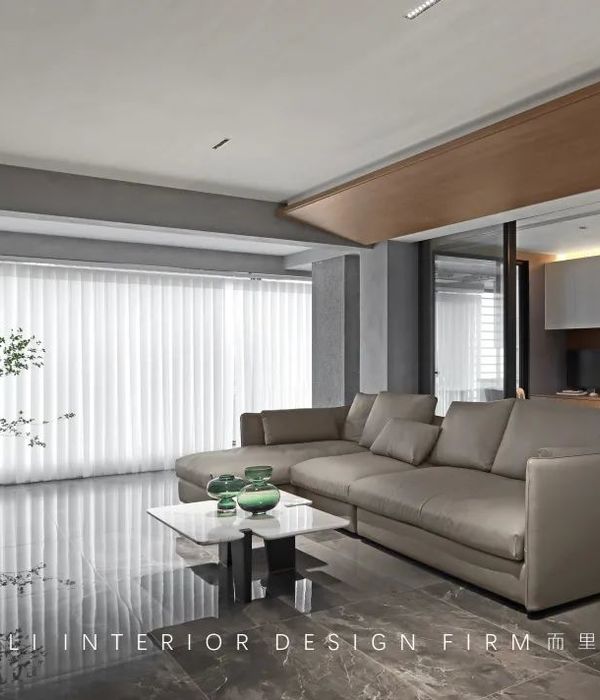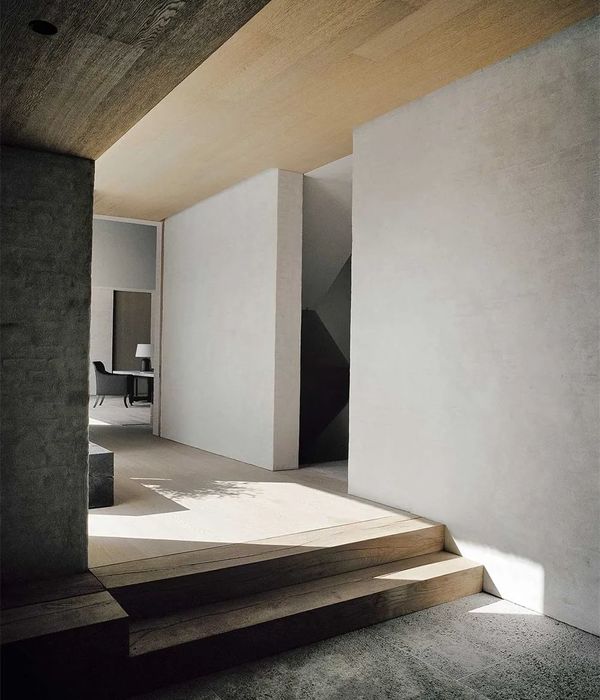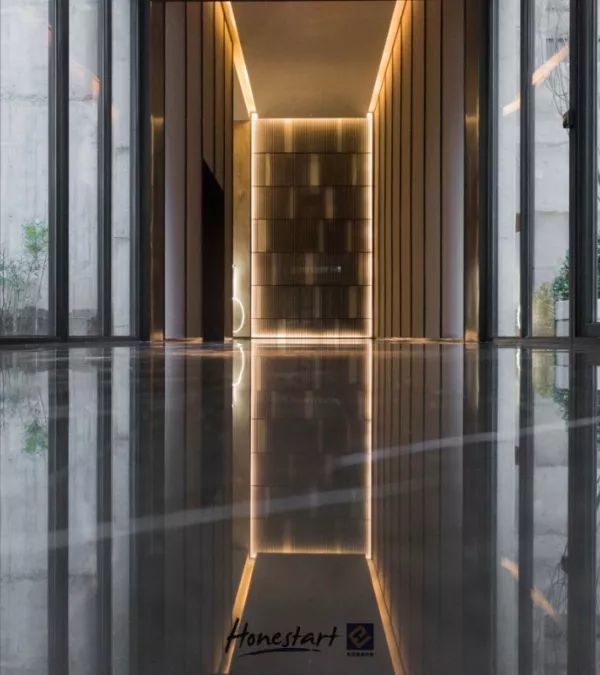Split bathhouse
The project is split in two distinct buildings, one for men, one for women, that are linked in the middle by a shared space in the form of a greenhouse that utilizes passive solar energy. This “public” gathering space can be completely opened on both sides to become a half-inside/half- outside buffer zone and to permit users to circulate in, through and enter or exit the building from multiple routes. Using the two bathing wings as structural walls, the generous spaces of the greenhouse were built for a very low cost with local materials and techniques.
The two inverted blocks, with their roofs springing out from the central greenhouse, contain a green and a yellow bathing space for men and wa The house is situated on a flat land of 1,500 square meters in a residential area within the city of Mendoza, Argentina. A typical continental climatic zone, with large weather amplitudes between stations where natural breeze comes mostly from the South.
The project is an opportunity to rethink the suburban houses facilities in emerging environments in contemporary Latin American urban spaces. Trying to understand the space as a stimulator, suggesting sensitive geometries that optimize weather conditions and operate from green conscience.
The house is all around an interior central courtyard, opening the main spaces to a large lateral garden. These spaces are organized in a north orientation, gaining direct heat by solar radiation, the smaller and private spaces, are oriented to the east, leaving the services areas to the west.
Due to the natural movement of air masses, the volume of air in the central courtyard rises, because of temperature, causing environmental benefits of the garden perimeter through the interior spaces of the house.
A series of elements support this strategy by bringing the south breezes and achieving a natural acceleration that support the whole system. The same device is used in the central courtyard from a small opening in the concrete wall.
The big concrete wall that emerges from the central courtyard, with the fundamental mission of protecting the house from solar radiation from the west, also ends by opening the access area. To protect the west façade, a micro perforated aluminum material was chosen to ventilate it. The same material was used to design the main façade of the house.
The result, is a project full of contrast, where the dramatic scope of access, from where you can only see ground and sky, faces to an open and deep interior space, where multiple instances can be understood visually, where everything seems to be simultaneous in space and time …
The materiality of the project is dominated by a structural concrete exoskeleton made with light pine planning boards, reaching a sutil and severe expression. The micro perforated aluminum material of the main façade changes its expression depending on the lighting conditions. The flat polished guatambú wood, the black boards doors and other materials, contrast with the main structure.
omen. Each of them is organized along a sequence of entrance, where one change shoes or access bathrooms, locker room with washbasins and changing facilities, and a shower space containing 12 shower heads each. A full- length window strip simultaneously brings light into the spaces and permits proper cross ventilation and steam extraction. The volumes are intentionally completely opened with simple details in order to guaranty easy maintenance and good hygiene of the spaces.
Public bathhouse
BaO’s intention of creating public spaces all around what had to be highly intimate buildings resulted in setting both shower blocks on a plinth higher than the site’s level. The new leveling permitted the creation of long benches surrounding the buildings that simultaneously furnish the greenhouse with seating on both sides. Next to the main entrance, both the roof and the plinth extend to shelter a small laundry space and outdoor water point. The cantilevering roof protects from rain and sun as well as creating a space of encounter for women and children.
The facades of the buildings are conceived as active assets advocating public expression and a playful relationship with architecture. The blind walls surrounding the men and women blocks are covered with blackboard that enables to write information, signage or more simply to permit the school children to draw on, write on, play on and play with the building. The whole envelop of the bathhouse is thus continuously transforming and evolving with the interaction and creativity of the children.
Eco-bathhouse
Since neither public water supply nor drainage systems existed on-site, the whole bathhouse had to be designed as an autonomous entity. After being pumped from underground in a 8 meters deep well, the water is stored in a 20m3 tank that either supplies the roof solar collectors panels that provide free hot water at least 6 months a year or the boiler when solar energy is not enough.
Heated and used in the showers and the washbasins, the wastewater then exits the building through different routes to reach a series of rhizofiltration basins. Those bamboo planted areas treat and purify the wastewater thanks to a bacterial fauna living in the rhizomes that eradicate microbes and clean grey water before it is either assimilated by the plant or return to the ground.The building is thus surrounded and camouflaged by the round-shape bamboo planted filters that enhance the sense of intimacy and completely redefine a site that used to be dry and dusty. The “green nest” provides a rich array of gathering spaces encircling the building with furniture, benches, playgrounds, and shaded areas that participate in making the Split Bathhouse an enjoyable space for children and the community at large.
项目位于阿根廷门多萨市一个占地1500平米的平地之上。这里有着典型的大陆型气候,大部分风从南方吹来。
这个项目期望重新思考拉丁美洲城市郊区新环境中的房子的各个因素,比如空间的互动,形体的构成,天气的应对,以及绿化的效率。
住宅中心有一个庭院空间,四周是大的横向型开放空间。交通空间在北部,私人空间面东,服务区安排在西面。期望气流能在建筑中自由流通,当地的南方海风能加速这一进程。中心院子的大混凝土墙设立是为了防止西晒,也意味着这里是私人领地。西立面的穿孔铝板能够防止西晒,也能保持通风。房子外表皮材料一致,但是四个表面却有迥然不同的视觉冲击。这是一个充满对比,戏剧性体验的项目。有的地方只能看见地面和天空,有的地方非常开放,有的地方非常深邃。主结构是钢筋混凝土和外表皮的微穿孔铝板在不同的照度下外观会改变。抛光木材,黑色的门以及其他材料,都与建筑主体结构形成对比。
MORE:
A4estudio
,更多请至:
{{item.text_origin}}

